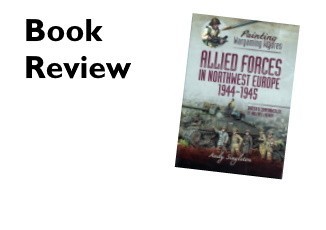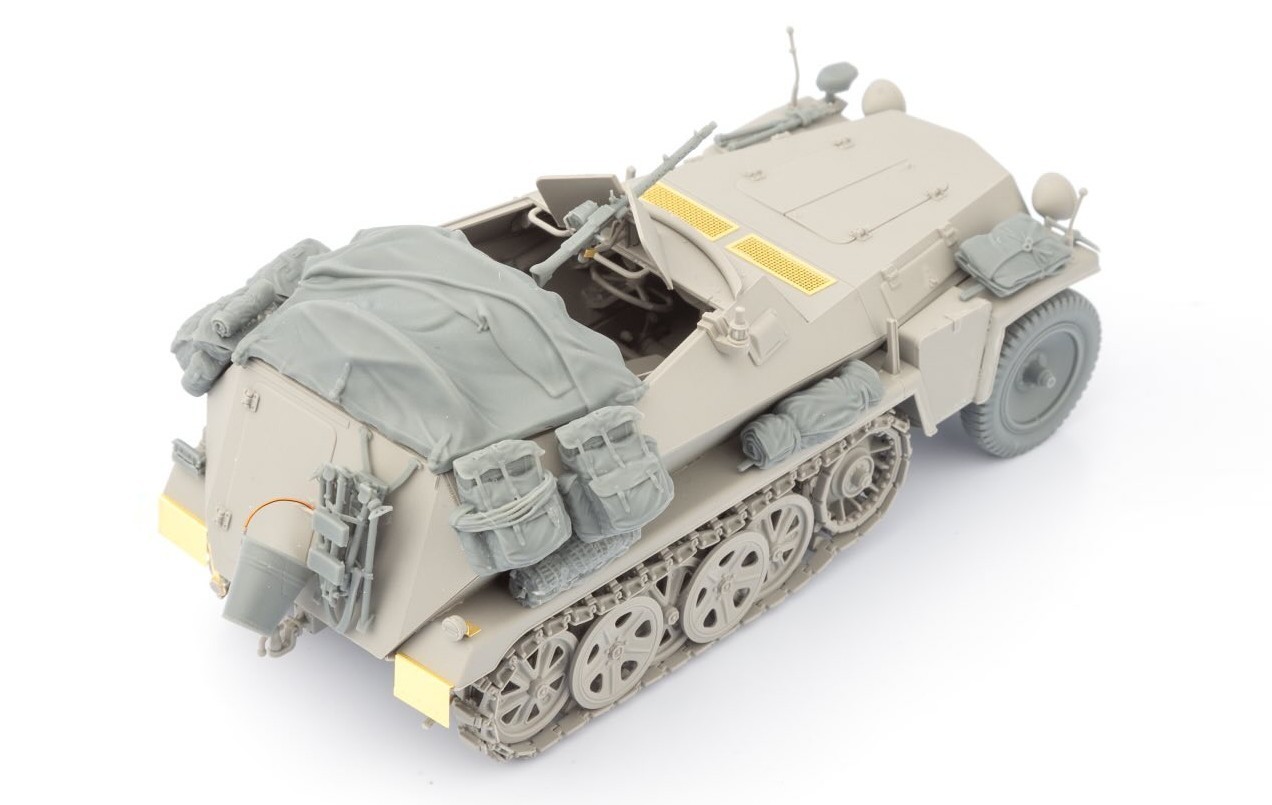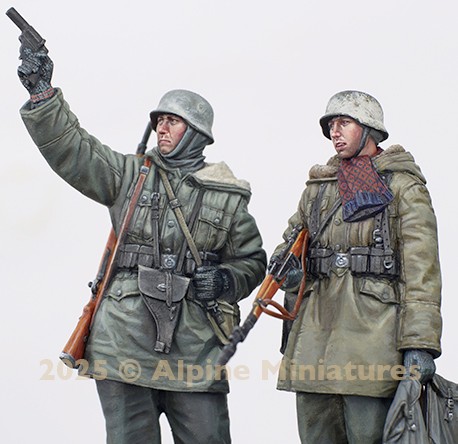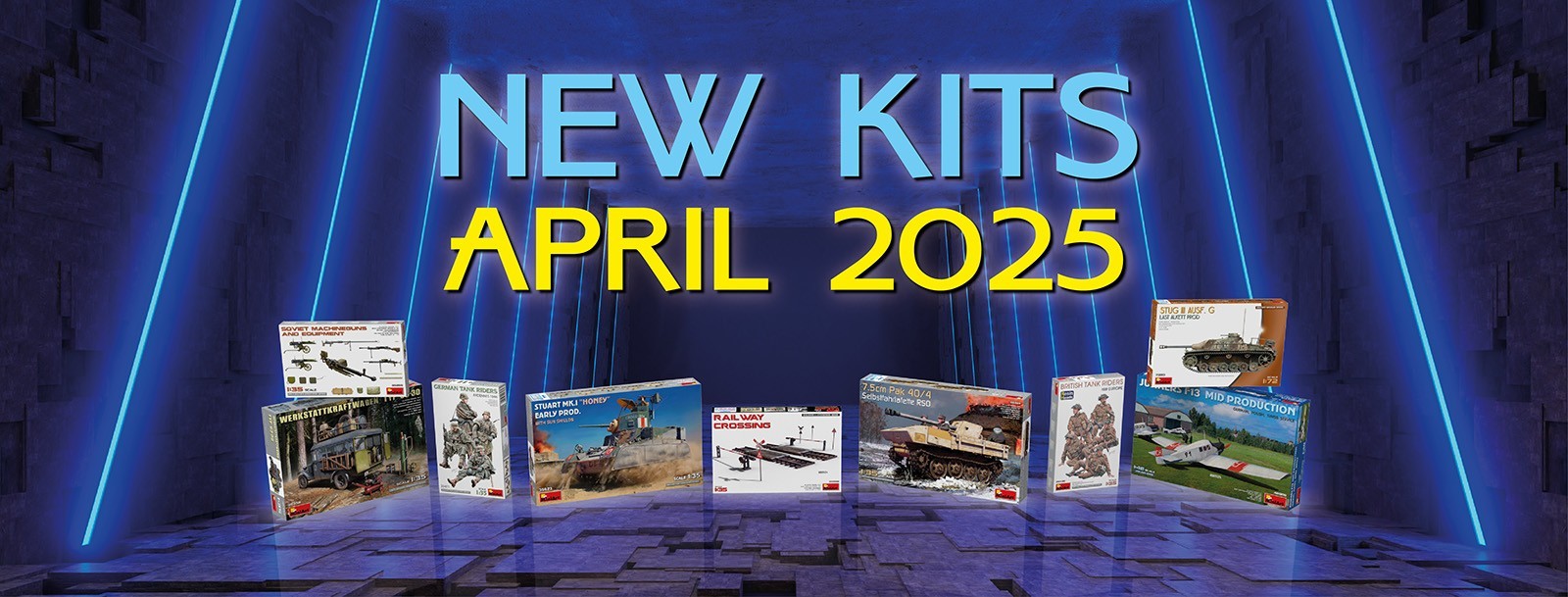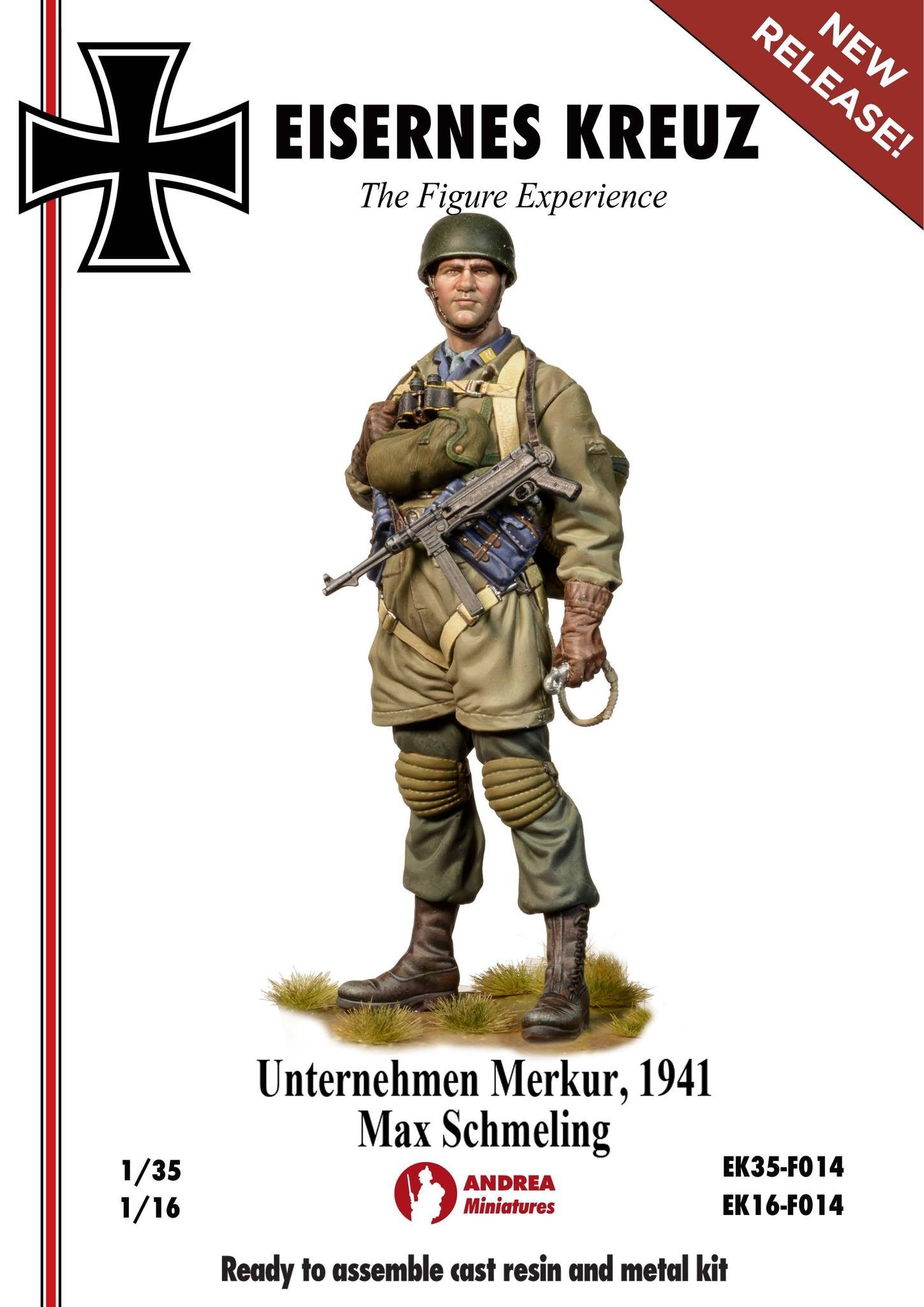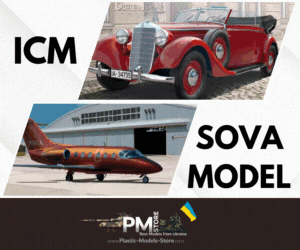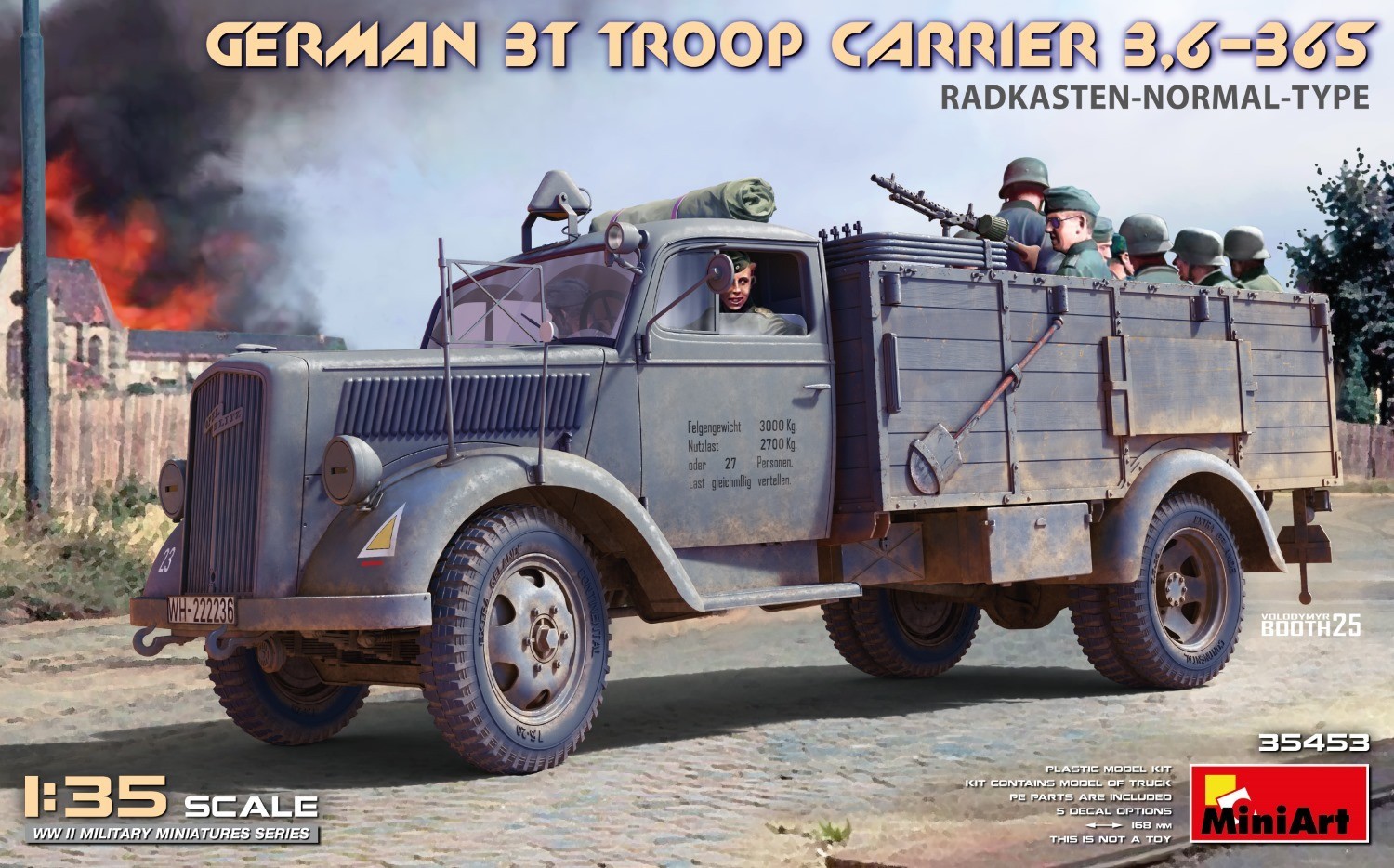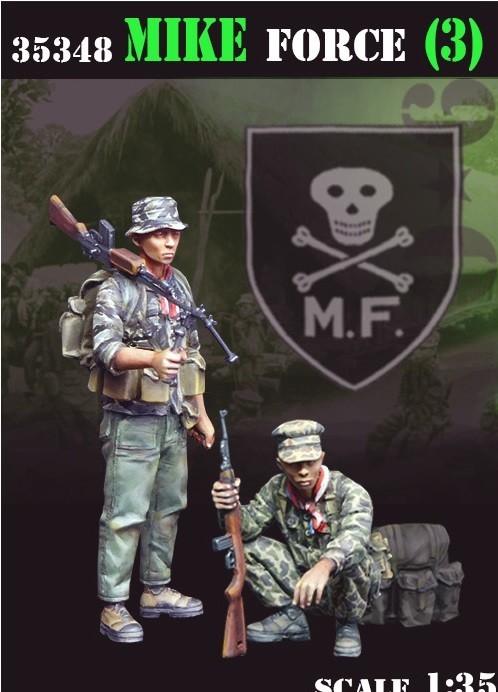Introduction
Pen and Sword books has released a modelling titled PAINTING WARGAMING FIGURES, ALLIED FORCES IN NORTHWEST EUROPE 1944 TO 1945, BRITISH AND COMMONWEALTH, US AND FREE FRENCH, by Andy Singleton. Part of their Military series, it's a thick book with lots of content - 151 pages and scores of color photographs. The book is a 9.6 X 6.7 inches paperback catalogued with ISBN : 9781399005623.
You can find it on Casemate's site here.
Utilizing models for wargaming is an ancient practice. General Patton in his youth reenacted battles with painted figures. I have been told by those serving in the 1960s and 70s that Roco MiniTanks were used for NATO wargame training, and I once sat in on a large table wargame using 1/72-1/76 vehicle and figures from Airfix and other brands. I do not know when wargaming moved from common 1/72-1/87 scales into unique scales. Flames of War started filling shelves with 1/56 – a new scale for me - at my local hobby shop fifteen to twenty years ago. The sculptors try to strike a balance between realism and robustness for handling, thus the figures often appear gnomish, yet surprisingly detailed. Many wargamers value historically authenticity and accuracy for their artfully painted miniatures, yet they need to churn out many figures quickly. This book demonstrates how to achieve both goals.

Content
Painting Wargaming Figures is a comprehensive how-to consisting of eight chapters and an introduction. The chapters are:
1. Tips and Tools
2. British and Commonwealth battle dress uniforms
3. British and Commonwealth camouflage uniforms
4. United States Army Uniforms
5. United States Camouflage Uniforms and Insignia
6. Allied Webbing, Equipment and Weapons
7. Skin Tones
8. Basing
Writing is smartly organized, easily followed, and I found no typos. Mr. Singleton starts the book explaining the popularity of wargaming and the vast number of models available for World War II. He continues describing the vast range of hobby products, and interjects opinions such as to buy the best quality tools you can get. He gives an overview of plastic, metal and resin media models and discusses techniques for cleaning and preparing them. Tools are discussed at length, not limited to knives, nippers, files, glues, fillers, paints and primers, and brushes; this expands into painting techniques, i.e., layering, washes and glazing, and varnishing. Next, assembly and painting guides. That is the first 29 pages of the book. Most of the pages have a photograph of products or models, and some feature technique images such as dry brushing, layering, glazing. One table supports the text, a survey of common wargaming figure sizes. It presents wargaming figure sizes in millimeters, ratio scale, and also model railroad scale equivalents.
Moving on to the actual painting demonstrations, these are divided into the aforementioned chapters. Each chapter follows the same general format beginning with a concise overview of uniforms, colors, styles and patterns, and the year of adoption. The author states the manufacturer of the particular figures you will be seeing in the images. Further uniform items are broken down into specific sections such as insignia; paragraphs will have information on sleeve titles, demonstrating various backgrounds of monogram text, divisional patches, rank badges, arm of service stripes, berets, reconnaissance troop berets, Polish Parachute Brigade berets - that's just a name a few examples. Mr. Singleton does not focus purely on modeling, he interjects interesting bits of trivia and history, i.e., a British battle dress manufacturer in America and its unique color; he recounts that a General Service cap, the GS, that was not loved and nicknamed the "cap, ridiculous." Even metal studs are mentioned.
Starting with priming and moving through highlights and shading, mid-tones and filters, each subject is accompanied by a banner that lists the brush size used and the particular paint color. For each item, specific colors are used and demonstrated. Step-by-step the figures are painted and photographed and discussed. I find useful and interesting his pages of steps for painting British camouflage uniforms. I never considered that webbing required a detailed chapter but this book shows webbing can be an essential sub-component of a battledress. Stenciling is even reproduced.
Skin Tones are painted for tanned figures in temperate and winter climates. Not neglected is a how-to section to reproduce stubble and stress. Paint names validate the author’s assertion that this aspect of the hobby has an expansive range of supplies, i.e., Army Painter Purple Tone and Highlight Flesh.
Basing guides modelers through creating authentic bases for their model soldiers. Bases for individual figures and multi-piece dioramas are covered. Size, shape, texturing, colors, flora, debris and snow are characteristics illustrated.

Photography and Graphics
The text is supported by an excellent gallery of images and graphics. Not a single reference image of anything prototype unless you include products and tools. Almost every page has at least one image. Comprehensive step-by-step sequences are included for some demonstrations. All photography is focused and sharp and it is all in color. Images span a range from individual figures through complex dioramas. If a picture says a thousand words then this book could be close to one hundred thousand pages of text.
With the exception of the scale table, graphics are simple: a banner identifying the brush used in the example, and the brand and color of paint.
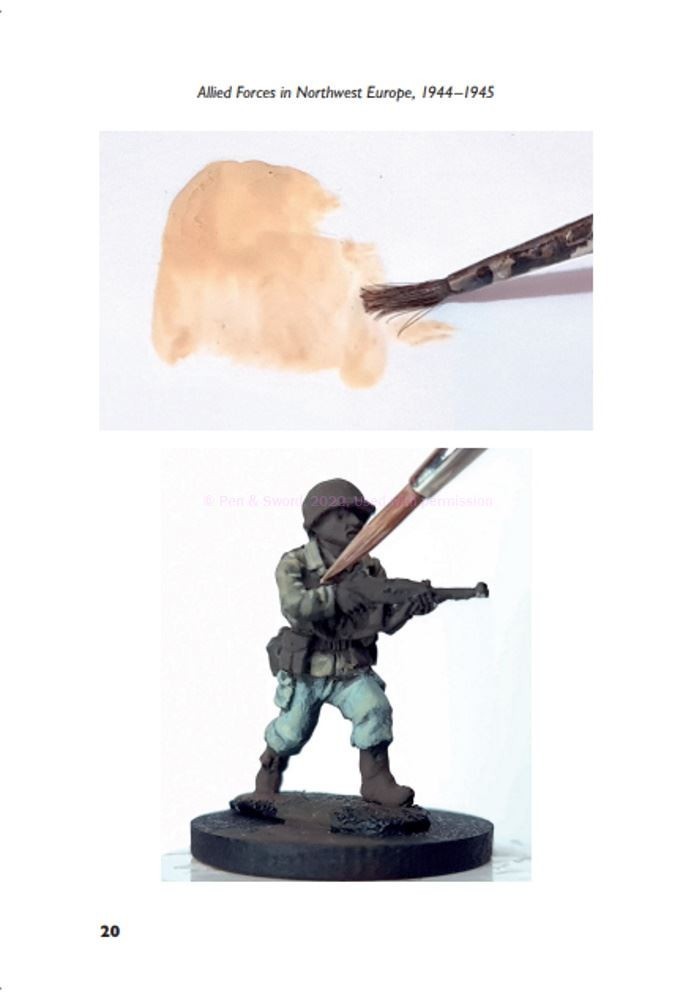
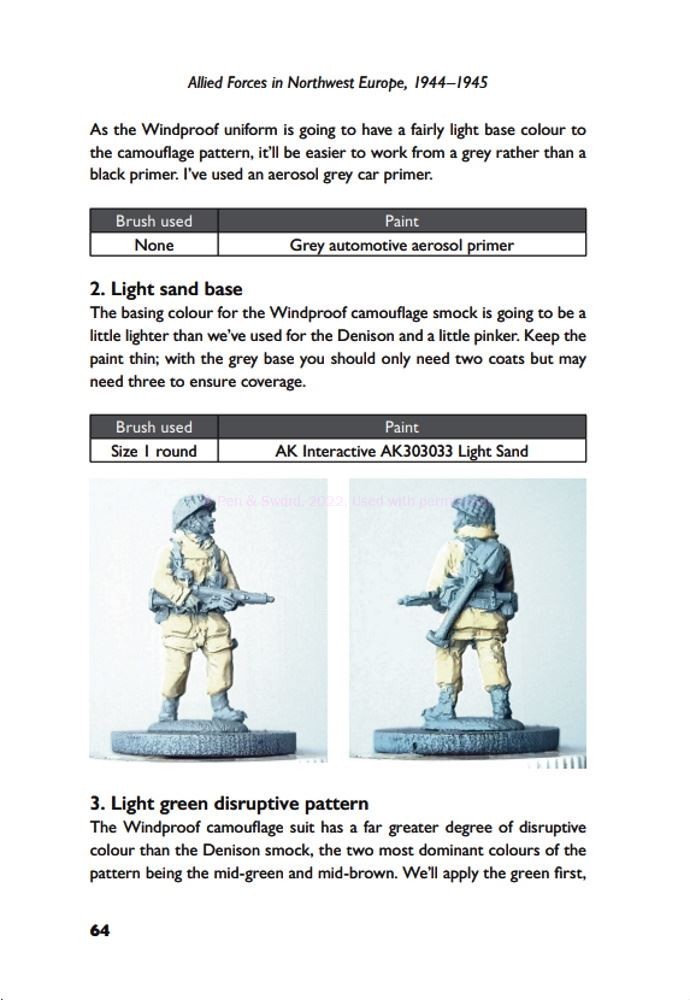

Conclusion
Painting Wargaming Figures, Allied Forces in Northwest Europe 1944 To 1945, British and Commonwealth, US and Free French by Pen and Sword Military is an impressive book that should easily fulfill the author’s purpose of introducing modelers new to historical figure modeling and wargame figure painting, and expanding the knowledge base of those already involved. The level of historical detail the author provides is appreciable, and the examples and explanations of the processes are excellent. Images are first-rate, too.
Reading through this book I found a couple of nuggets of wisdom I will practice. I think this is a good and useful guide for those new to historical miniatures and the hobby in general, and wargaming in particular. Happily recommended.
Thank you to Casemate for providing this book for review. Please remember to mention to them and retailers that you saw this product here - on Armorama.











